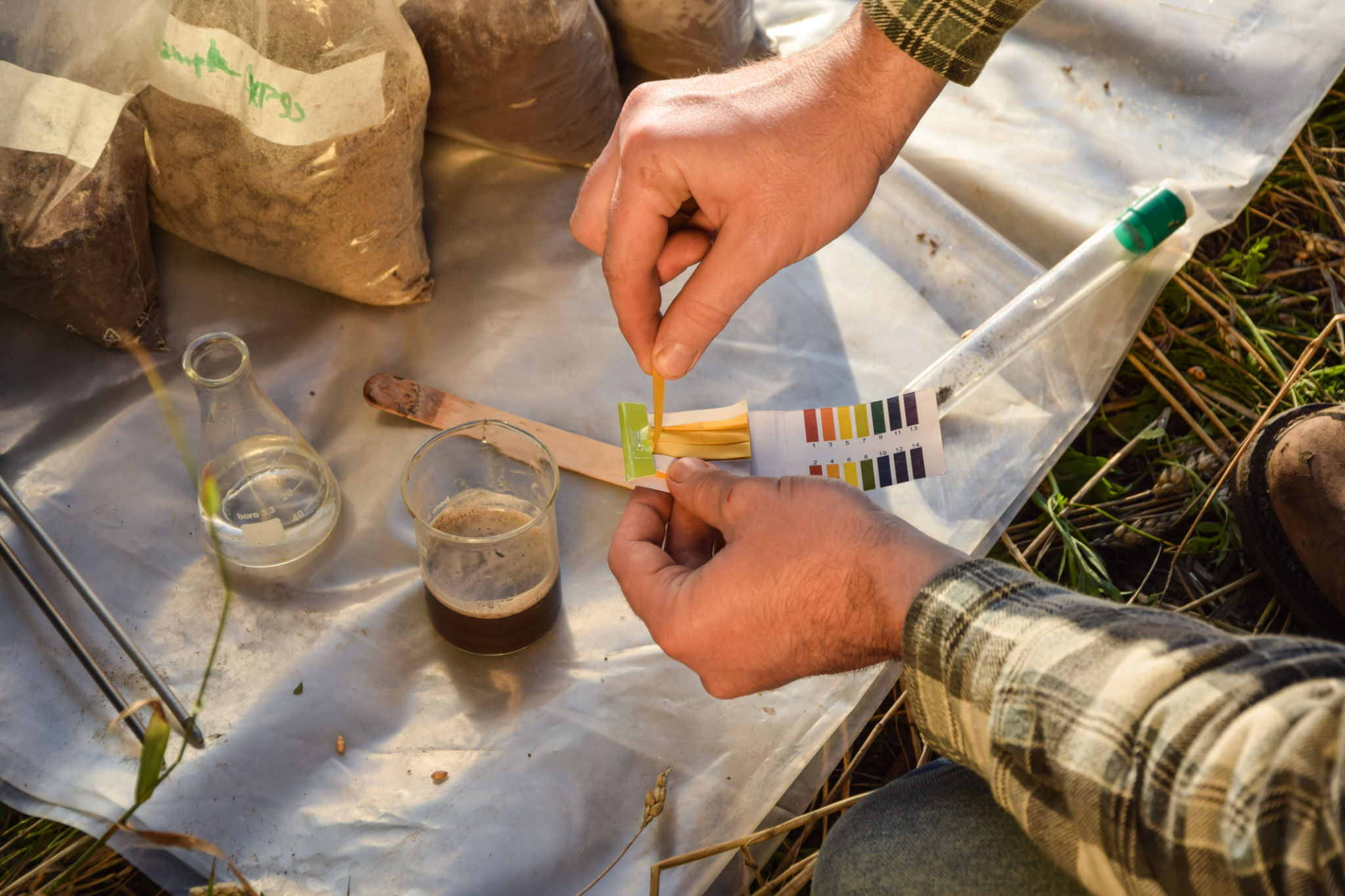How to Choose the Right Agricultural Inputs for Your Farm
Understanding Your Farm's Needs
Choosing the right agricultural inputs for your farm begins with a thorough understanding of your farm's unique requirements. Each farm has distinct soil types, climate conditions, and crop selections that influence the kind of inputs needed. Conducting a soil test can provide critical information on nutrient levels and deficiencies, allowing you to select the most suitable fertilizers and amendments. Additionally, understanding the specific climate conditions—such as temperature, rainfall, and humidity—can guide your choice in crop varieties and pest control measures.

Identifying the Right Seeds
Seed selection is a crucial factor in achieving optimal yields. When choosing seeds, consider factors such as germination rates, pest resistance, and suitability to your local climate. Opt for high-quality seeds from reputable suppliers to ensure strong plant growth and productivity. It's also essential to decide whether you want to plant hybrid or open-pollinated varieties, each having its own advantages and limitations.
Hybrid seeds often offer better yields and disease resistance but require purchasing new seeds each season. Open-pollinated seeds, on the other hand, allow farmers to save seeds for future planting, providing more sustainability but potentially less uniformity in crops.
Fertilizers and Soil Amendments
To enhance soil fertility, choosing the right fertilizers and soil amendments is vital. Organic fertilizers such as compost or manure improve soil structure and nutrient content over time. In contrast, synthetic fertilizers provide a quick nutrient boost but may lead to long-term soil degradation if not managed properly. It's important to balance immediate crop needs with long-term soil health when selecting these inputs.

Additionally, consider using soil amendments like lime or gypsum to address specific soil issues such as acidity or compaction. These amendments can significantly improve plant growth conditions when used appropriately.
Pest and Disease Management
Pest and disease management is another critical aspect of agricultural input selection. Implementing integrated pest management (IPM) strategies can help minimize chemical usage while effectively controlling pests and diseases. This approach combines biological control methods, cultural practices, and selective chemical applications to manage pest populations sustainably.

When choosing pesticides, consider their effectiveness against targeted pests, environmental impact, and safety for humans and non-target organisms. Opt for products that align with your farm's environmental goals while effectively managing pest issues.
Irrigation and Water Management
Water is a vital resource for any farm, making efficient irrigation systems essential. Selecting the right irrigation method—whether drip, sprinkler, or surface irrigation—depends on your farm's water availability, crop type, and soil characteristics. Drip irrigation is often preferred for its water efficiency, especially in arid regions.
Proper water management includes scheduling irrigation based on crop requirements and using soil moisture sensors to prevent overwatering. Efficient water use not only conserves resources but also optimizes crop growth.
Consulting with Experts
Finally, consulting with agricultural experts or extension services can provide valuable insights into selecting the best inputs for your farm. These professionals can offer tailored advice based on current research and local farming conditions, helping you make informed decisions that enhance your farm's productivity and sustainability.
